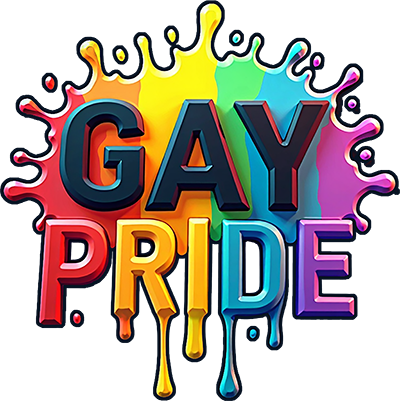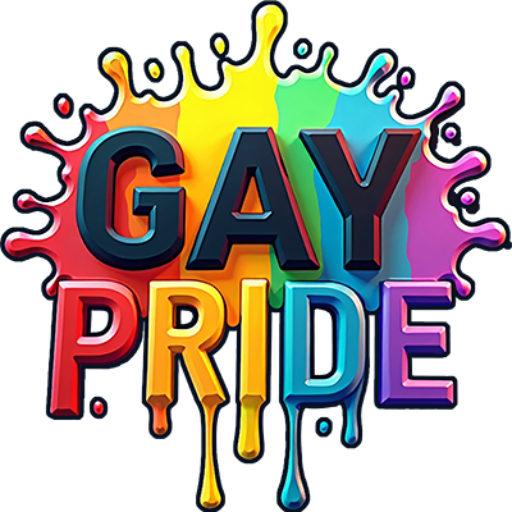Overcoming Internalized Homophobia: A Personal Journey
In the world we live in, acceptance can sometimes feel like an uphill battle, especially when the struggle is within ourselves. Internalized homophobia is a profound challenge that many in the LGBTQ+ community face, often without even realizing it. This blog post delves into the journey of overcoming internalized homophobia, offering insights, personal stories, and a path toward self-love and acceptance.
Table of Contents
1. Introduction: Understanding Internalized Homophobia
2. Recognizing the Signs 🤔
3. My Personal Struggle 🌈
4. Steps Towards Acceptance and Healing 🛤️
5. Embracing Your True Self ❤️
6. Conclusion: A Journey Worth Taking
7. FAQ Section
Introduction: Understanding Internalized Homophobia
Internalized homophobia refers to the involuntary belief by LGBTQ+ individuals that the negative stereotypes and stigma perpetuated by society about homosexuality are true. This often leads to feelings of self-loathing, shame, and denial of one’s true identity. Understanding this concept is the first step toward dismantling it.
Recognizing the Signs 🤔
Recognizing internalized homophobia can be challenging as it often manifests in subtle ways. Here are some signs:
– Avoidance of LGBTQ+ spaces and people
– Feeling uncomfortable with your own or others’ sexual orientation
– Negative self-talk and feelings of shame
– Denial of your sexual identity
– Overcompensating or overly critical of other LGBTQ+ individuals
These signs can vary and evolve, making it crucial to remain mindful and self-reflective.
My Personal Struggle 🌈
Growing up, I was surrounded by a culture that held very traditional views on sexuality. I internalized these beliefs, which led me to hide who I truly was. I remember vividly the internal conflict I faced every day. It was like living a double life—one in which I tried to fit in with societal norms and another where I yearned to embrace my true self.
The journey was not easy, and there were many moments of doubt and fear. However, by acknowledging this internal struggle, I was able to begin the process of healing.
Steps Towards Acceptance and Healing 🛤️
Overcoming internalized homophobia involves a conscious effort to unlearn ingrained beliefs and embrace a more positive self-image. Here are some steps that helped me along my journey:
– **Educate Yourself**: Knowledge is power. Read books, watch documentaries, and listen to podcasts about LGBTQ+ history and rights.
– **Seek Support**: Connect with LGBTQ+ communities either online or in person. Finding others who share similar experiences can be incredibly validating.
– **Practice Self-Compassion**: Be gentle with yourself. It’s okay to have setbacks. What’s important is to keep moving forward.
– **Challenge Negative Thoughts**: Whenever you catch yourself thinking negatively about your identity, pause and challenge those thoughts.
– **Therapy**: Speaking to a mental health professional can provide you with tools to better understand and overcome internalized homophobia.
Embracing Your True Self ❤️
As I continued on my journey, I gradually began to embrace my true self. It was liberating to let go of the fear and shame that had weighed me down for so long. Embracing your identity is a personal process, and it looks different for everyone. For me, it meant living authentically, without apologies.
This newfound freedom allowed me to build more genuine relationships, pursue passions I had previously shunned, and live a life that felt true to who I am.
Conclusion: A Journey Worth Taking
Overcoming internalized homophobia is a challenging yet profoundly rewarding journey. It requires introspection, courage, and the willingness to face uncomfortable truths. But the result—a life lived authentically and with self-love—is worth every step.
Remember, you are not alone in this journey, and there is a community ready to support you every step of the way.
FAQ Section
Q1: How do I know if I have internalized homophobia?
A1: Signs include feeling discomfort with your own or others’ sexual orientation, avoiding LGBTQ+ spaces, and engaging in negative self-talk related to your identity.
Q2: Can internalized homophobia be completely overcome?
A2: While it may not be possible to completely eliminate internalized homophobia, it can be significantly reduced through education, support, and therapy, leading to greater self-acceptance.
Q3: Are there specific resources you recommend for overcoming internalized homophobia?
A3: Yes, consider reading books like “The Velvet Rage” by Alan Downs, joining LGBTQ+ support groups, and seeking therapy from professionals who specialize in LGBTQ+ issues.
Q4: What role do allies play in this journey?
A4: Allies can offer support, understanding, and advocacy, helping to create an environment where LGBTQ+ individuals feel safe and accepted.
Q5: Is it normal to feel okay one day and struggle the next?
A5: Absolutely. Healing is not linear, and it’s normal to experience ups and downs. What’s important is to keep progressing towards self-acceptance.

